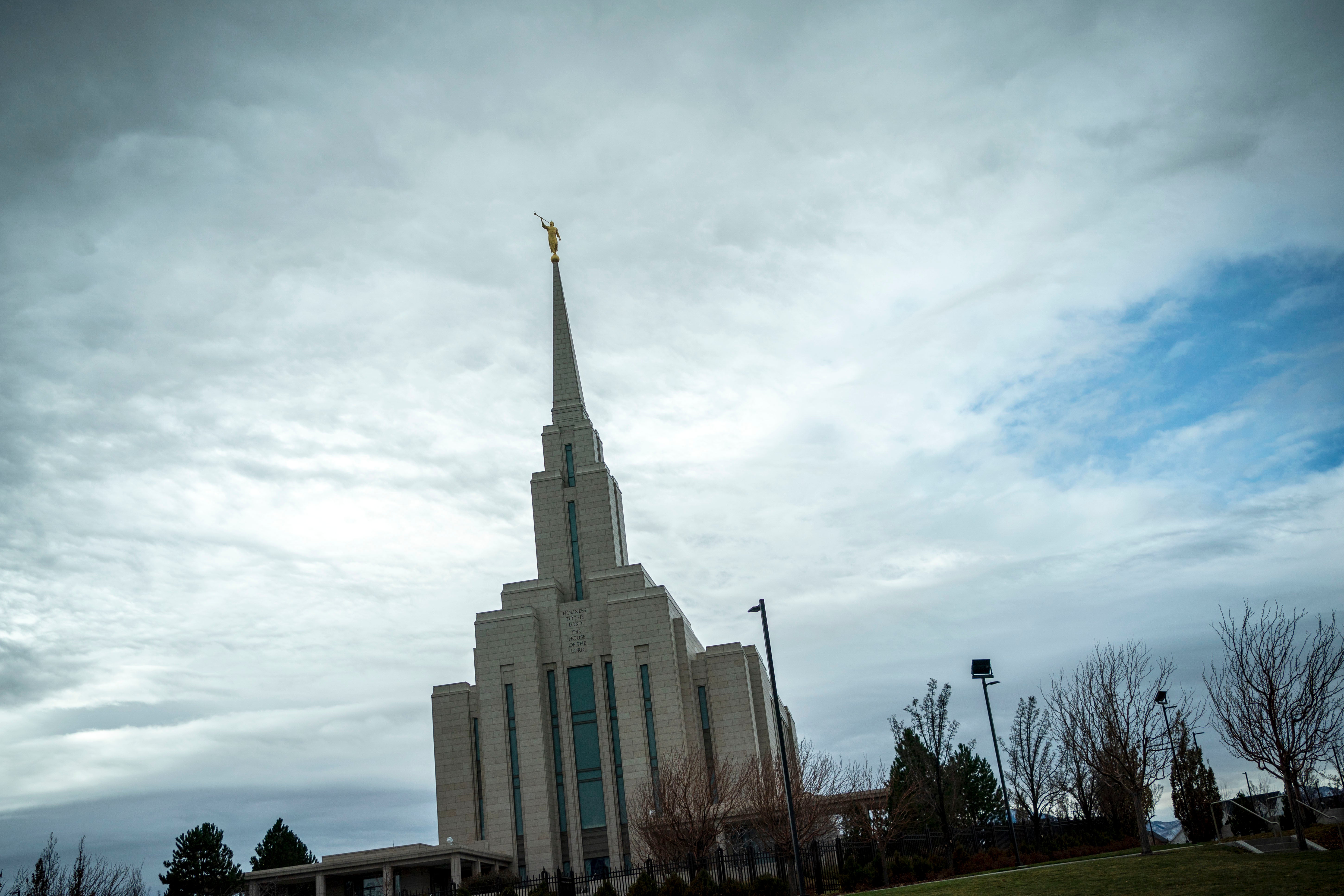The Church of Jesus Christ of Latter-Day Saints (often called simply as the Mormon Church) has a lengthy history of race relations. This is especially true for Blacks in Mormonism. This article is designed to offer a factual and objective examination of the past treatment of Black individuals within the Mormon Church and to discuss the policy restrictions that were implemented and the ways in which the Church has evolved to disavow traditional beliefs and practices that were that were deemed racist.
Blacks and Mormonism – A Historical Review
From 1852 until 1978, between 1852 and 1978, Mormon Church implemented a policy preventing blacks from becoming priests. The policy was a result of the religious and racial prejudices during the time. Black individuals were excluded from certain rites and responsibilities within the Church, which led to a segregated experience within the Mormon community. This discriminatory behavior wasn’t exclusive to Mormonism. It reflected the widespread prejudices based on race in American society of the time.
Mormon Black People and the 1978 Revelation
1978 marked an important turning point in the Mormonism’s history. Spencer W. Kimball was the president of the Church at the time, and was the recipient of what Mormons believed was an “divine revelation” regarding the exclusions of blacks from Priesthood. This revelation marked an event that changed the Church’s policy, which was in force for more than 100 years. The Church of Jesus Christ of Latter-Day Saints announced that Blacks could now be priests and take part in all aspects of Church life.

The Church’s current stance rejects the racist ideology, seeking unity and welcoming all individuals regardless of race or background, to embrace the gospel of Jesus Christ. The doctrine of today asserts that all people are equal and emphasizes God’s acceptance of anyone, regardless of race, gender, social status or other aspects. For more information, click Mormons and Black People
Joseph Smith’s Fair Treatment of Black Individuals
Joseph Smith, founder of the Mormon Church despite the racial prejudices of the time, showed a compassionate and fair treatment of Black individuals. Joseph Smith is known to have been the first to appoint Black people to the priesthood in his time. Smith’s views on equality and inclusion in the Church were reflected in the ritual. But the leaders who followed Smith’s policies imposed rules that excluded Black individuals from the clergy, reflecting the changing attitudes towards race in society in the late 19th century.
Addressing Racism and Moving Towards Unity
The Church of Jesus Christ of Latter-Day Saints has taken significant actions in the present to combat racism and foster unity within its members. The Church has made statements that denounce old racial convictions. They stress that racism of any kind is against the tenets of and fundamental doctrines of the Church.
The Church actively promotes understanding, love and acceptance of its diverse community, recognizing the value and merit of every individual. Members are educated on the importance and rejection of prejudiced views, as well being aware of cultural diversity, inclusivity, and sensitivity.
Conclusion
Understanding the story of Blacks in Mormonism and the Church of Jesus Christ of Latter-Day Saints’ progress in dealing with issues of race is vital for fostering unity and equality. This traumatic policy, which prevented Blacks from ordination to the priesthood for more than 100 years, is a crucial element of Church history. The revelation of 1978, however, marked a pivotal moment in the Church’s embrace of equality and inclusivity.
The current policy of the Mormon Church is to reject racism, defend equality and encourage tolerance and love within its members. Through addressing the historical prejudices against race and taking actions to move forward toward equality, the Mormon Church is moving toward harmony and understanding.